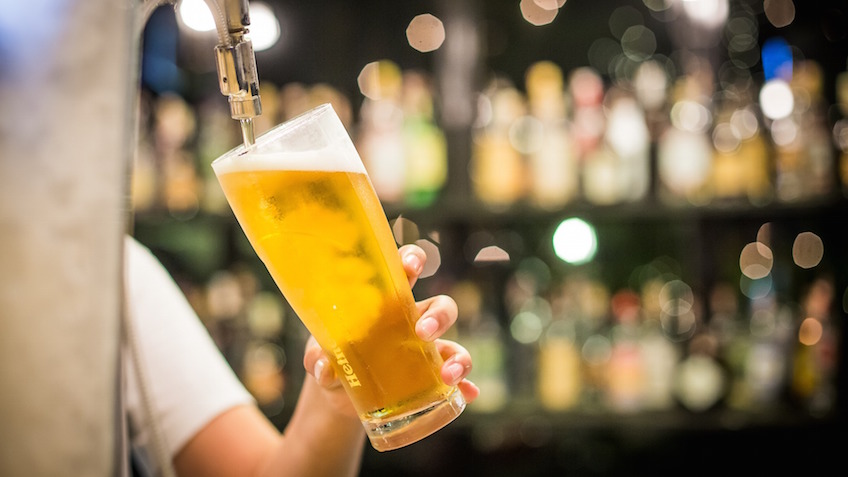
Craft nectar: the IPA
IPA stands for India pale ale. These beers are light, hopped up, and higher in alcohol than the pale ales that came before them. Originally created to withstand the long sea voyage from England to India, the style quickly became popular here as well. It’s really taken off in the last couple of decades, with the advent of craft brewers making the style their own.
IPAs from America are what kicked craft beer off over here. Juicy tropical flavours dominate, but they can in turns be floral, peachy, piney, or dank and skunky. Cloudwater in Manchester produce a great and ever-changing range of fresh, seasonal IPAs. Or try Fourpure’s Shapeshifter and Beavertown’s Gamma Ray; both are stalwart IPAs you can depend upon day-in-day-out.
Lately the craft beer world has been enthused by New England IPAs. Are these a sub-style of IPAs, or are we witnessing the birth of an entirely new beer style? No one quite seems to know. NEIPAs are hazy and opaque, often looking like a glass of orange juice topped with a head of creamy white foam. Brewers use new-world hop in such a way as to reduce the bitterness and bring the juicy tropical flavours to the fore. The results can be truly delicious: silky soft with exuberant fruit. These beers are made to drink fresh, so are fleeting by nature. Any particular one I recommend here may be gone by the time you read this.